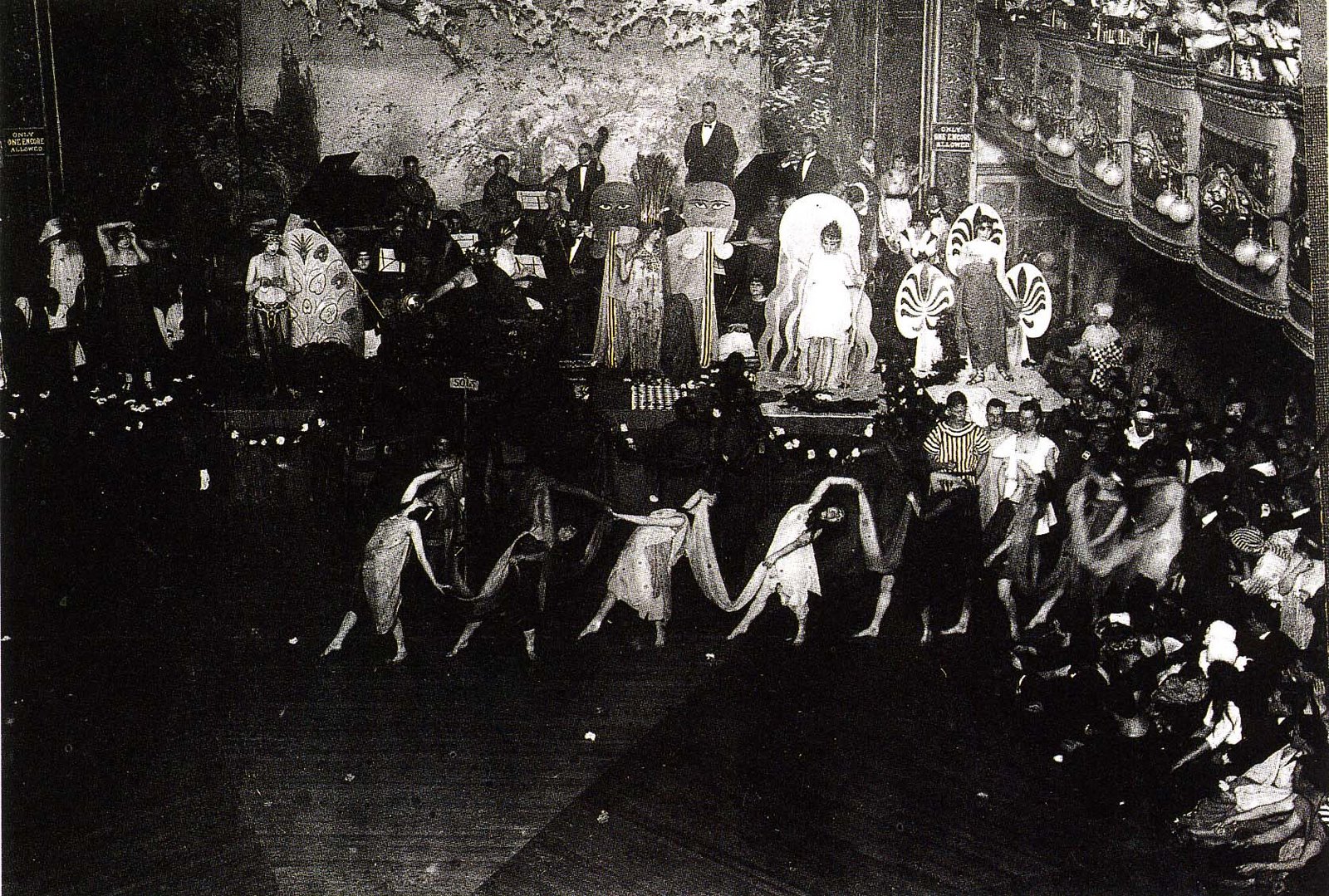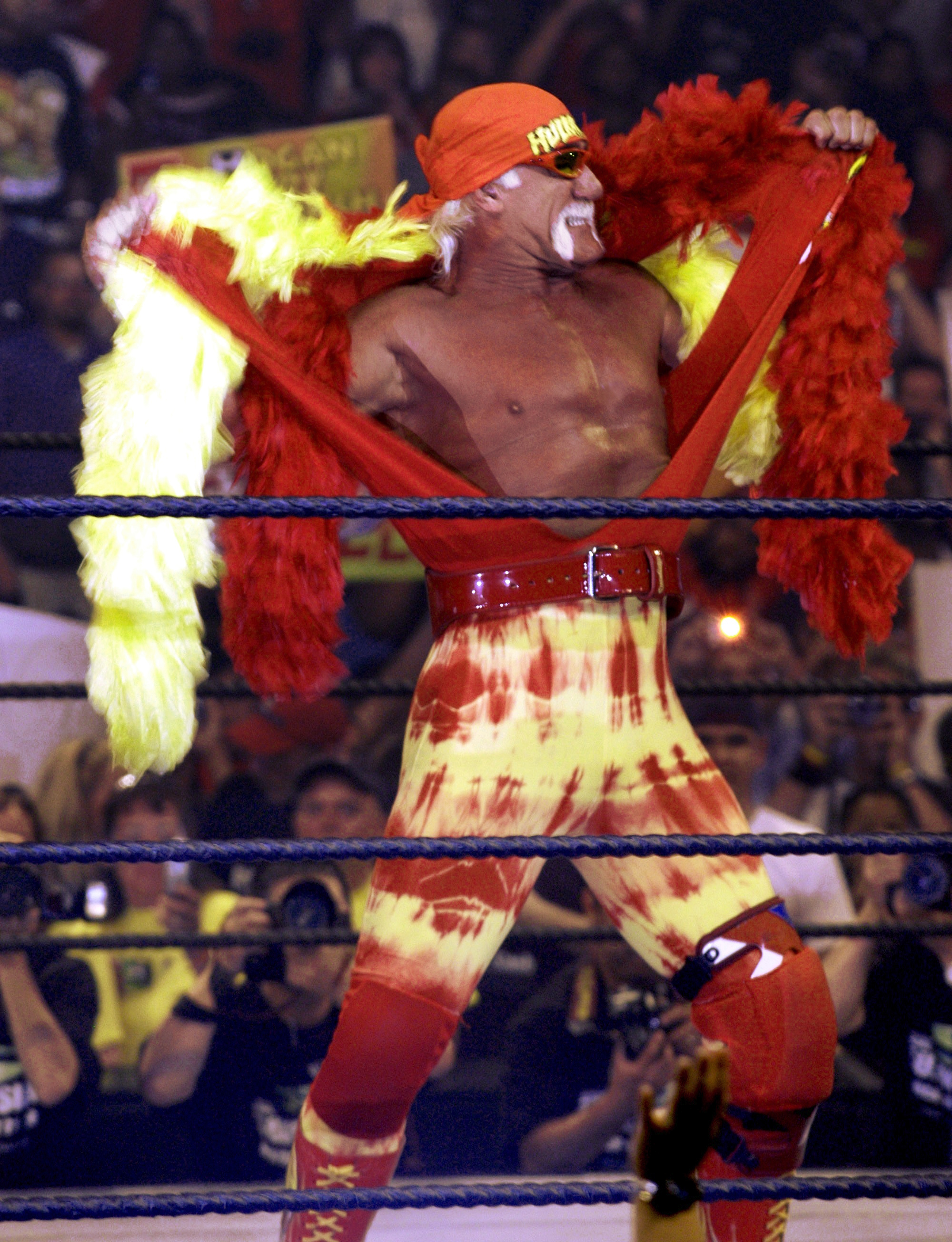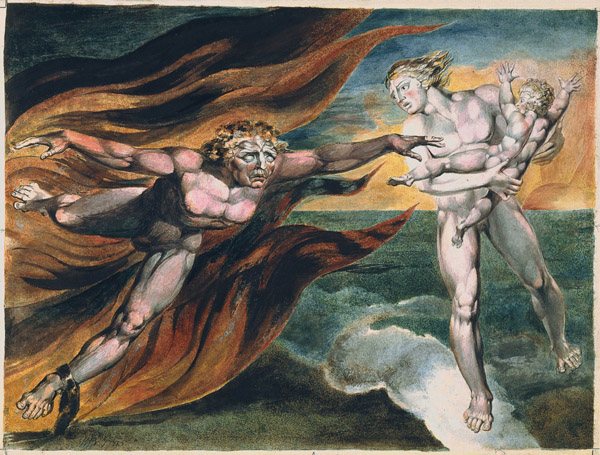|
Exótico
In lucha libre, an ''exótico'' () is a male wrestler, known as a ''luchador'', who fights and performs while incorporating feminine aspects in to their wrestling personas, known as "gimmick (professional wrestling), gimmicks". They are characterized by a Camp (style), camp style, feminine costumes, and Humour, humor.Levi, Heather. The World of Lucha Libre: Secrets, Revelations, and Mexican National Identity. Durham: Duke UP, 2008. Print. Though not all ''exóticos'' are gay, some are and some incorporate sexual ambiguity into their performance. Wearing feather boas, headdresses, sequins or stockings, they are often seen as defying traditional macho Latin American, Latino culture.Berry, Mark. "Lucha Libre." Gay Times (09506101) 359 (2008): 56-59. LGBT Life. Web. 29 May 2012. Meaning Lucha libre (Mexican-style professional wrestling) is a blend of art and sport that involves various fighting techniques such as judo, jujitsu, grappling and kickboxing. It is a world of masked ''luc ... [...More Info...] [...Related Items...] OR: [Wikipedia] [Google] [Baidu] |
Máximo Sexy CMLL World Heavyweight Champion
Maximo or Máximo may refer to: Arts * Capcom video game series ** ''Maximo: Ghosts to Glory'' (also known as just ''Maximo'') ** ''Maximo vs. Army of Zin'', the sequel to ''Ghosts to Glory'' * Maxïmo Park, a British indie rock band * Maximu or Maximo, a legendary female warrior descended from the Amazons who is killed by Basil Digenes Akritas People * Joel and Jose Maximo, a wrestling tag team known as The S.A.T. * Máximo (wrestler) (born 1980), ring name of Mexican wrestler José Christian Nieves Ruiz * Maximo Blanco (born 1983), Venezuelan professional Mixed Martial Artist * Máximo Gómez (1836–1905), military commander of the Cuba independence campaign * Máximo Macapobre, Filipino activist and the founder of Toledo City, Philippines * Máximo Rigondeaux (born 1976), Cuban javelin thrower * Máximo Santos (1847–1889), Uruguay president * Máximo Tajes (1852–1912), Uruguay president * Maximo V. Lorenzo (born 1982), comic artist. * Maximo V. Soliven, Filipino journalist ... [...More Info...] [...Related Items...] OR: [Wikipedia] [Google] [Baidu] |
Grappling
Grappling is a fighting technique based on throws, trips, sweeps, clinch fighting, ground fighting and submission holds. Grappling contests often involve takedowns and ground control, and may end when a contestant concedes defeat. Should there be no winner after the match time-limit has lapsed, competition judges will determine the winner based on who exerted more control. Grappling most commonly does not include striking or the use of weapons. However, some fighting styles or martial arts known especially for their grappling techniques teach tactics that include strikes and weapons either alongside grappling or combined with it. History Grappling appears in the earliest combat systems. In Mesopotamia and Ancient Egypt, depictions of wrestlers in grappling poses appear on tombs and artifacts dating back to 2000 BCE. The Greeks formalized grappling in the sport of pále, a key part of the Olympic pentathlon, and developed a hybrid striking-grappling art called pankr ... [...More Info...] [...Related Items...] OR: [Wikipedia] [Google] [Baidu] |
Upward Mobility
Social mobility is the movement of individuals, families, households or other categories of people within or between social strata in a society. It is a change in social status relative to one's current social location within a given society. This movement occurs between layers or tiers in an open system of social stratification. Open stratification systems are those in which at least some value is given to achieved status characteristics in a society. The movement can be in a ''downward'' or ''upward'' direction. Markers for social mobility such as education and class, are used to predict, discuss and learn more about an individual or a group's mobility in society. Typology Mobility is most often quantitatively measured in terms of change in economic mobility such as changes in income or wealth. Occupation is another measure used in researching mobility which usually involves both quantitative and qualitative analysis of data, but other studies may concentrate on soci ... [...More Info...] [...Related Items...] OR: [Wikipedia] [Google] [Baidu] |
Gardenias
''Gardenia'' is a genus of flowering plants in the coffee family, Rubiaceae, native to the tropical and subtropical regions of Africa, Asia, Madagascar, Pacific Islands, and Australia. The genus was named by Carl Linnaeus and John Ellis after Alexander Garden (1730–1791), a Scottish naturalist. The type species is ''Gardenia jasminoides'', as first published by Ellis in 1761. Description Gardenia species typically grow as shrubs or small trees, however some species, such as those native to New Guinea, may grow to 20-30m tall. A small number of species found in tropical East Africa and southern Africa grow as small pyrophytic subshrubs. At least one species, ''Gardenia epiphytica'', native to Gabon and Cameroon, grows as an epiphyte. Most species are unarmed and spineless, but some species such as some of those found in Africa are spinescent. The leaf arrangement is typically opposite or verticillate may (arranged in whorls). Leaves vary by species; many species are glossy ... [...More Info...] [...Related Items...] OR: [Wikipedia] [Google] [Baidu] |
Heterosexual-homosexual Continuum
Sexual orientation is an enduring personal pattern of romantic attraction or sexual attraction (or a combination of these) to persons of the opposite sex or gender, the same sex or gender, or to both sexes or more than one gender. Patterns are generally categorized under heterosexuality, homosexuality, and bisexuality, while asexuality (experiencing no sexual attraction to others) is sometimes identified as the fourth category. These categories are aspects of the more nuanced nature of sexual identity and terminology. For example, people may use other labels, such as '' pansexual'' or '' polysexual'', or none at all. According to the American Psychological Association, sexual orientation "also refers to a person's sense of identity based on those attractions, related behaviors, and membership in a community of others who share those attractions". ''Androphilia'' and ''gynephilia'' are terms used in behavioral science to describe sexual orientation as an alternative to a gen ... [...More Info...] [...Related Items...] OR: [Wikipedia] [Google] [Baidu] |
Spanish Profanity
The Spanish language employs a wide range of swear words that vary between Spanish-speaking countries, Spanish speaking nations and in regions and subcultures of each nation. Idiomatic expressions, particularly profanity, are not always directly translatable into other languages, and so most of the English translations offered in this article are very rough and most likely do not reflect the full meaning of the expression they intend to translate. Overview In Spanish, as in most languages, swear words tend to come from semantic domains considered taboo, such as human excretions, sexuality, and religion, and swearing serves several functions in discourse. Spanish insults are often of a sexual nature, taking the form of implying a lack of sexual decency if the insulted person is a woman (e.g. ''puta'', "whore", ''perra'' "Bitch (insult), bitch") or implying a supposed lack of masculinity if the insulted person is male (e.g. "faggot", "male prostitute"). A particularly forceful ... [...More Info...] [...Related Items...] OR: [Wikipedia] [Google] [Baidu] |
Macho
Machismo (; ; ; ) is the sense of being " manly" and self-reliant, a concept associated with "a strong sense of masculine pride: an exaggerated masculinity". Machismo is a term originating in the early 1940s and 1950s and its use more widespread in popular culture in the 60s. While the term is associated with "a man's responsibility to provide for, protect, and defend his family", machismo is strongly and consistently associated with dominance, aggression, grandstanding, and an inability to nurture. Machismo is found to be deeply rooted in family dynamics and culture in Latin America and is exclusive to the region. The word has a long history both in Spain and Portugal, including the Spanish and Portuguese languages. in Portuguese and Spanish is a strictly masculine term, derived from the Latin ''mascŭlus'', which means "male". It was originally associated with the ideal societal role men were expected to play in their communities, most particularly Iberian language- ... [...More Info...] [...Related Items...] OR: [Wikipedia] [Google] [Baidu] |
Queers
''Queer'' is an umbrella term for people who are non-heterosexual or non-cisgender. Originally meaning or , ''queer'' came to be used pejoratively against LGBTQ people in the late 19th century. From the late 1980s, queer activists began to reclaim the word as a neutral or positive self-description. In the 21st century, ''queer'' became increasingly used to describe a broad spectrum of non-heteronormative sexual or gender identities and politics. Academic disciplines such as queer theory and queer studies share a general opposition to binarism, normativity, and a perceived lack of intersectionality, some of them only tangentially connected to the LGBTQ movement. Queer arts, queer cultural groups, and queer political groups are examples of modern expressions of queer identities. Critics of the term include members of the LGBTQ community who associate it more with its colloquial, derogatory usage; those who wish to dissociate themselves from queer radicalism; and those who see ... [...More Info...] [...Related Items...] OR: [Wikipedia] [Google] [Baidu] |
Heel (professional Wrestling)
In professional wrestling, a heel (also known as a ''rudo'' in ''lucha libre'') is a wrestler who portrays a villain, "bad guy", "baddie", "evil-doer", or "rulebreaker", and acts as an antagonist to the Face (professional wrestling), faces, who are the heroic protagonist or "good guy" characters. Not everything a heel wrestler does must be villainous: heels need only to be booed or jeered by the audience to be effective characters, although most truly successful heels embrace other aspects of their devious personalities, such as cheating to win or using Glossary of professional wrestling terms#foreign object, foreign objects. "The role of a heel is to get 'heat,' which means spurring the crowd to obstreperous hatred, and generally involves cheating and any other manner of socially unacceptable behavior." To gain Heat (professional wrestling), heat (with boos and jeers from the audience), heels are often portrayed as behaving in an immoral manner by breaking rules or otherwise ta ... [...More Info...] [...Related Items...] OR: [Wikipedia] [Google] [Baidu] |
Face (professional Wrestling)
In professional wrestling, a face (babyface) is a heroic, "good guy", "good-doer", or "fan favorite" wrestler, booked (scripted) by the promotion with the aim of being cheered by fans. They are portrayed as heroes relative to the heel wrestlers, who are analogous to villains. Traditionally, face characters wrestle within the rules and avoid cheating while behaving positively towards the referee and the audience. Such characters are also referred to as blue-eyes in British wrestling and ''técnicos'' in ''lucha libre''. Not everything a face wrestler does must be heroic: faces need only to be clapped or cheered by the audience to be effective characters. When the magazine ''Pro Wrestling Illustrated'' went into circulation in the late 1970s, the magazine referred to face wrestlers as "fan favorites" or "scientific wrestlers", while heels were referred to as simply "rulebreakers". The vast majority of wrestling storylines involve pitting faces against heels, although more elab ... [...More Info...] [...Related Items...] OR: [Wikipedia] [Google] [Baidu] |
Good And Evil
In philosophy, religion, and psychology, "good and evil" is a common dichotomy. In religions with Manichaeism, Manichaean and Abrahamic influence, evil is perceived as the dualistic cosmology, dualistic antagonistic opposite of good, in which good should prevail and evil should be defeated. Evil is often used to denote profound immorality. Evil has also been described as a supernatural force. Definitions of evil vary, as does the analysis of its motives. However, elements that are commonly associated with evil involve Balance (metaphysics), unbalanced behavior involving expediency, selfishness, ignorance, or negligence. The principal study of good and evil (or morality) is ethics, of which there are three major branches: normative ethics concerning how we ought to behave, applied ethics concerning particular moral issues, and metaethics concerning the nature of morality itself.''Internet Encyclopedia of Philosophy'"Ethics"/ref> History and etymology Every language has a word ... [...More Info...] [...Related Items...] OR: [Wikipedia] [Google] [Baidu] |
Performance
A performance is an act or process of staging or presenting a play, concert, or other form of entertainment. It is also defined as the action or process of carrying out or accomplishing an action, task, or function. Performance has evolved globally, from ancient rituals to modern artistic expressions. Expanding the article with historical and cultural perspectives would improve its scope. Ancient & Classical Theater: Rooted in rituals (Egyptian passion plays, Indigenous storytelling), early performances led to Greek tragedy, Sanskrit drama, and Chinese opera. Medieval & Early Modern Performance: Includes mystery plays in Europe, Commedia dell’arte in Italy, and Kabuki & Noh in Japan. Contemporary & Political Performance: Modern forms include agitprop theater, Forum Theater, and performance art as activism. By highlighting global traditions, the article would better reflect performance as a universal human expression shaped by history and culture. Management science In the ... [...More Info...] [...Related Items...] OR: [Wikipedia] [Google] [Baidu] |








